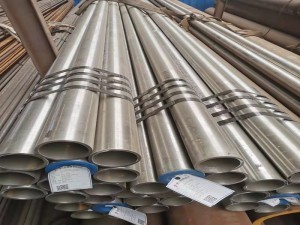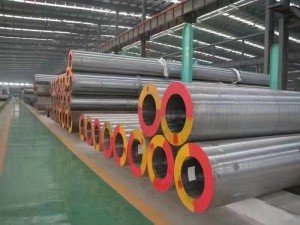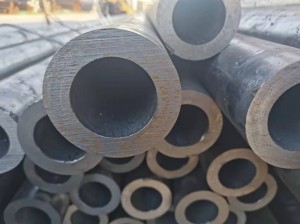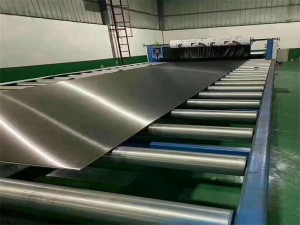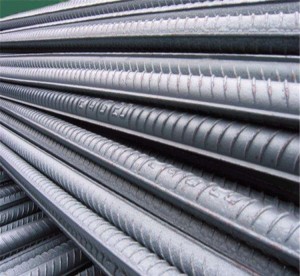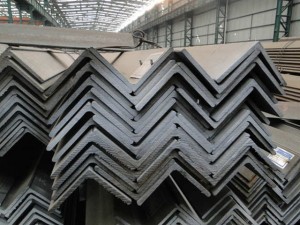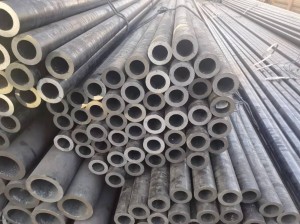30CrMo alloy steel pipe
Short Description:
Production specification:
Outer diameter of steel pipe 20-426
Steel pipe wall thickness of 20-426
Product introduction:
① The two digits at the beginning of the steel number indicate the carbon content of the steel, with the average carbon content of a few thousand, such as 40Cr, 30CrMo alloy steel pipe
② The main alloying elements in steel, except some microalloying elements, are generally expressed by several percent. When the average alloy content is less than 1.5%, only the element symbol is generally marked in the steel number, but not the content. However, in special cases, it is easy to confuse, the number “1″ can be marked after the element symbol, such as the steel number “12CrMoV” and “12Cr1MoV”, the chromium content of the former is 0.4-0.6%, and that of the latter is 0.9-1.2%. Everything else is the same. When the average alloying element content ≥1.5%, ≥2.5%, ≥3.5%…… “, the element symbol should be marked after the content, can be expressed as 2, 3, 4…… Etc. For example, 18Cr2Ni4WA.
③ Alloy elements such as vanadium V, titanium Ti, aluminum AL, boron B and rare earth RE in steel belong to microalloying elements. Although the content is very low, they should still be marked on the steel number. For example, in 20MnVB steel. Vanadium is 0.07-0.12% and boron is 0.001-0.005%.
④ “A” should be added at the end of the steel number of high-grade steel to distinguish it from general high-quality steel.
⑤ Special purpose alloy structural steel, steel number prefix (or suffix) represents the purpose of the steel symbol. For example, the 30CrMnSi steel specially used for riveting screws is expressed as ML30CrMnSi.
Manufacturing technology:
1. Hot rolling (extrusion seamless steel pipe) : round tube blank → heating → perforating → three-high diagonal rolling, continuous rolling or extrusion → stripping → sizing (or reducing) → cooling → straightening → hydrostatic test (or inspection) → marking → storage
2. Cold-drawn (rolled) seamless steel pipe: round tube blank → heating → perforation → heading → annealing → pickling → oiling (copper plating) → multi-pass cold drawing (cold rolling) → blank tube → heat treatment → straightening → hydrostatic test (inspection) → marking → storage

